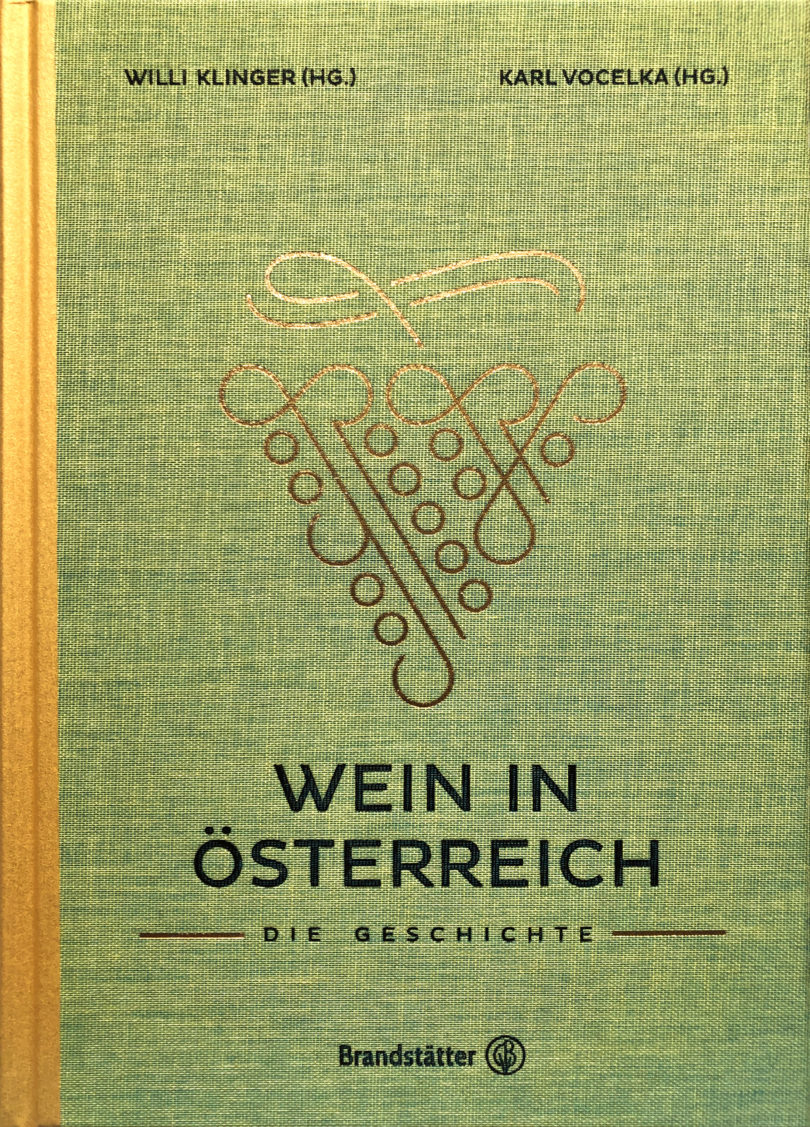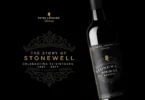Friedrich Zweigelt
Posted: 2nd December 2019
As he leaves us for pastures new, Willi Klinger, the director of the Austrian Wine Marketing Board, has sent us all a parting present in the form of an impressive clothbound book (English language version) covering the history and geography of Austrian wine. It is a work of many hands. One of the essays that has excited the most attention is by Daniel Deckers, the author of a history of German wine (abridged and translated by me). It is about the late Dr Friedrich Zweigelt.
Everyone who knows Austrian wine will be aware of the ‘Zweigelt’ cultivar. It is a crossing between Blaufränkisch and St Laurent and with 6,400 hectares it is the most widely planted black grape in the country. It can crop at ridiculously high levels, but providing you are not greedy it is capable of making a lovely, full-bodied, deep-coloured wine. It is one of three grape varieties created by the Zweigelt, the others being the insipid Blauburger and the increasingly rare green grape Goldburger.
So who was he? Of Bohemian German descent, Zweigelt was born in Styria in 1888 and brought up near Graz. He read Botany at the local university and was engaged by the wine and fruit-growing school in Klosterneuburg in 1912, where he rapidly gained a reputation for his skill in crossing grape varieties. It is tempting to think that the idea of perfecting a species made him inclined towards Nazism, which also sought to create a master race through selective breeding?
Whatever the answer, he was a ‘May Violet’ joining the Party in May 1933 when it was still illegal in Austria. This put him in a prime position to reap the rewards in March 1938 when German armies reclaimed the country of Hitler’s birth. Zweigelt used his column in the specialist revue Das Weinland to praise Hitler and all that he would do for Austria. He didn’t mention Austria’s 200,000 odd Jews, who were bound to disagree.
He met with little resistance from Austrian winemakers in the praise he scattered before the invaders. Most Austrian growers were smallholders and it was hardly a parish smitten with philosemitism. An exception was Austria’s biggest wine merchant, and a distant relative of mine, Sándor Wolf, who also possessed a vineyard near Eisenstadt. He was forced to relinquish his collection of antiquities which had formed the rump of Burgenland’s Provincial Museum, and where my Godfather Alphons Barb worked as his curator. Robbed and chastened by a period in Gestapo detention, he made his way to Palestine, where he died in 1946.







